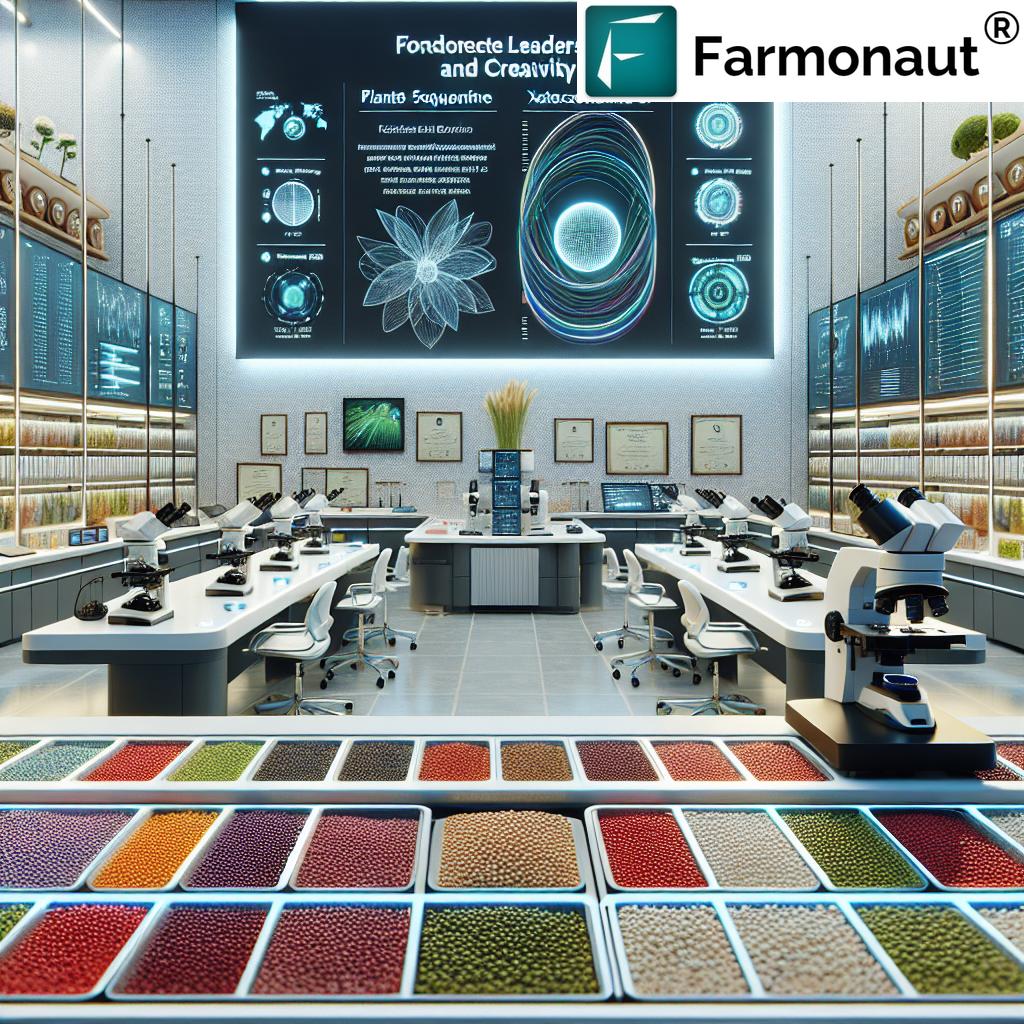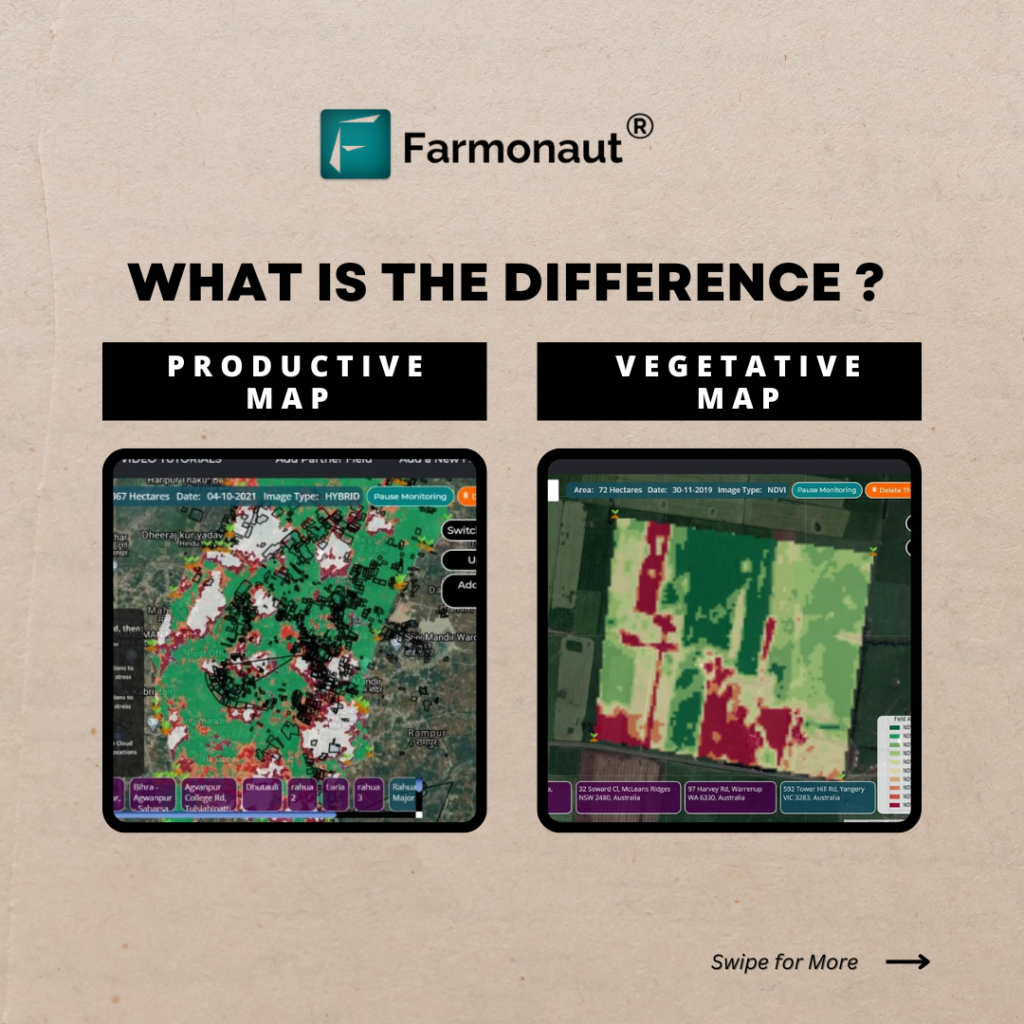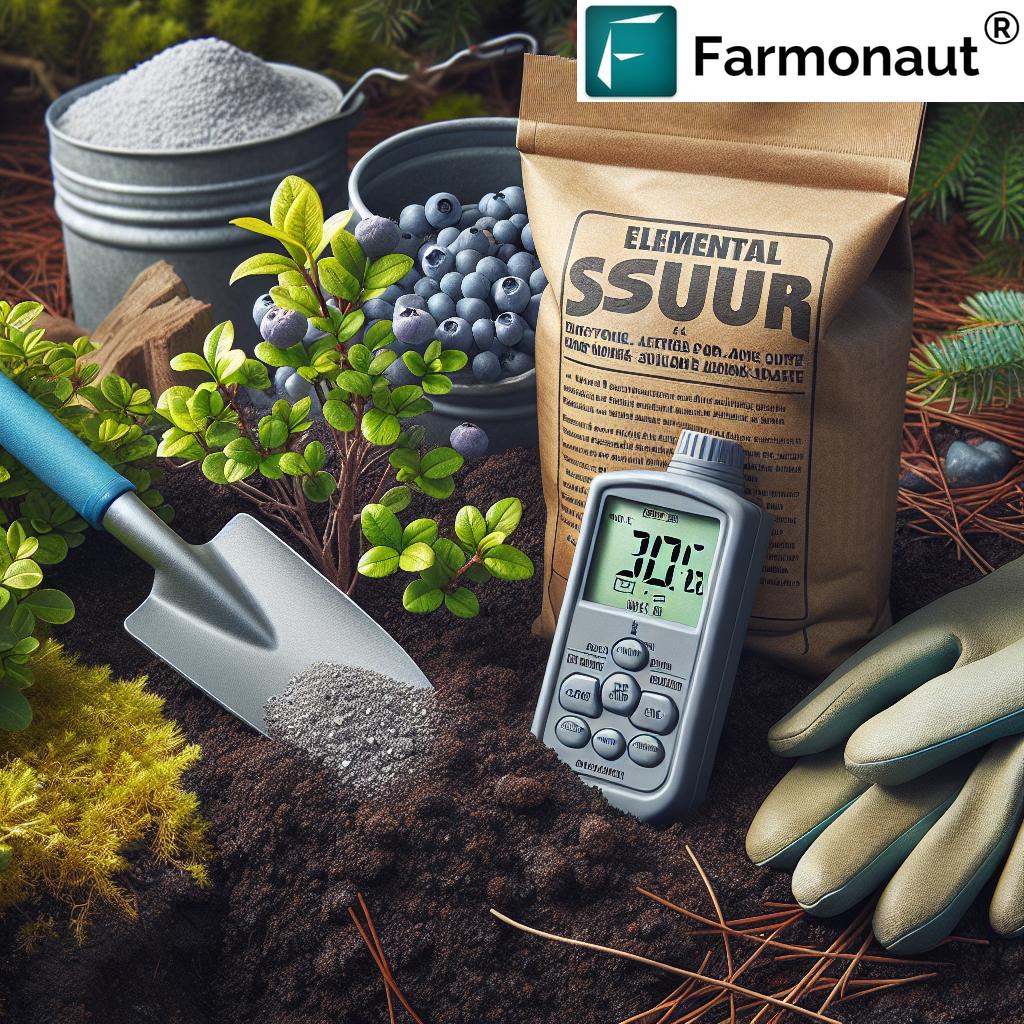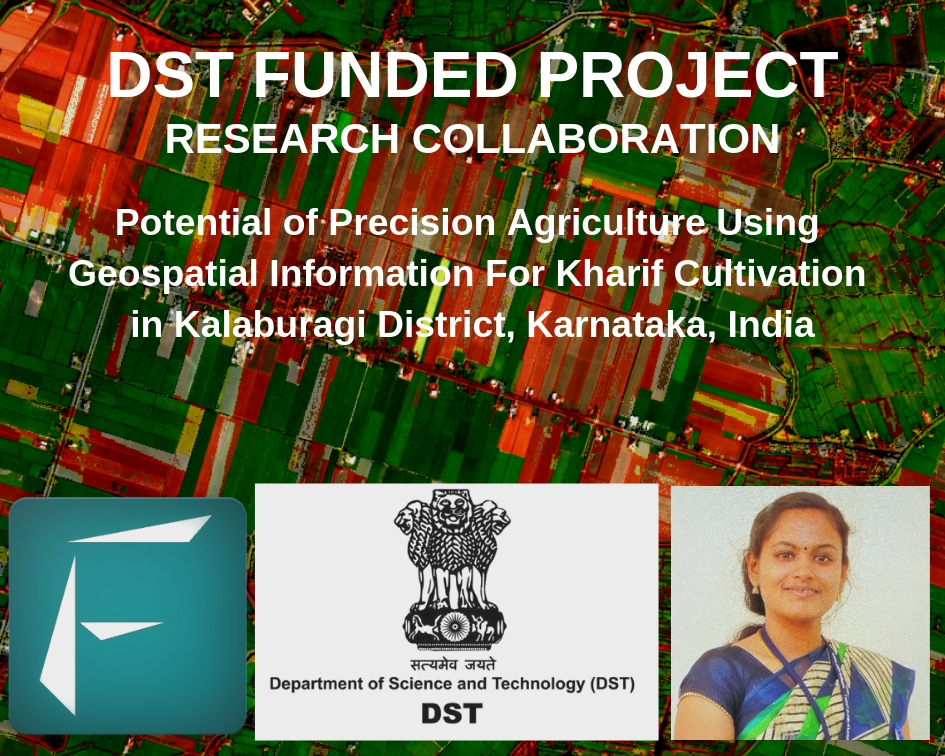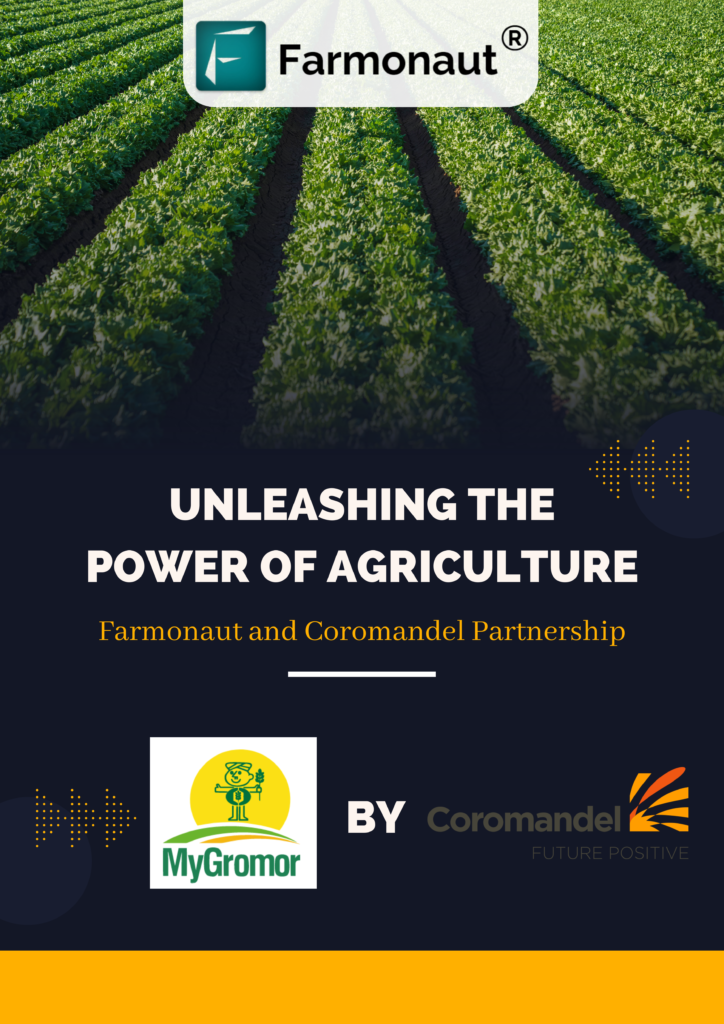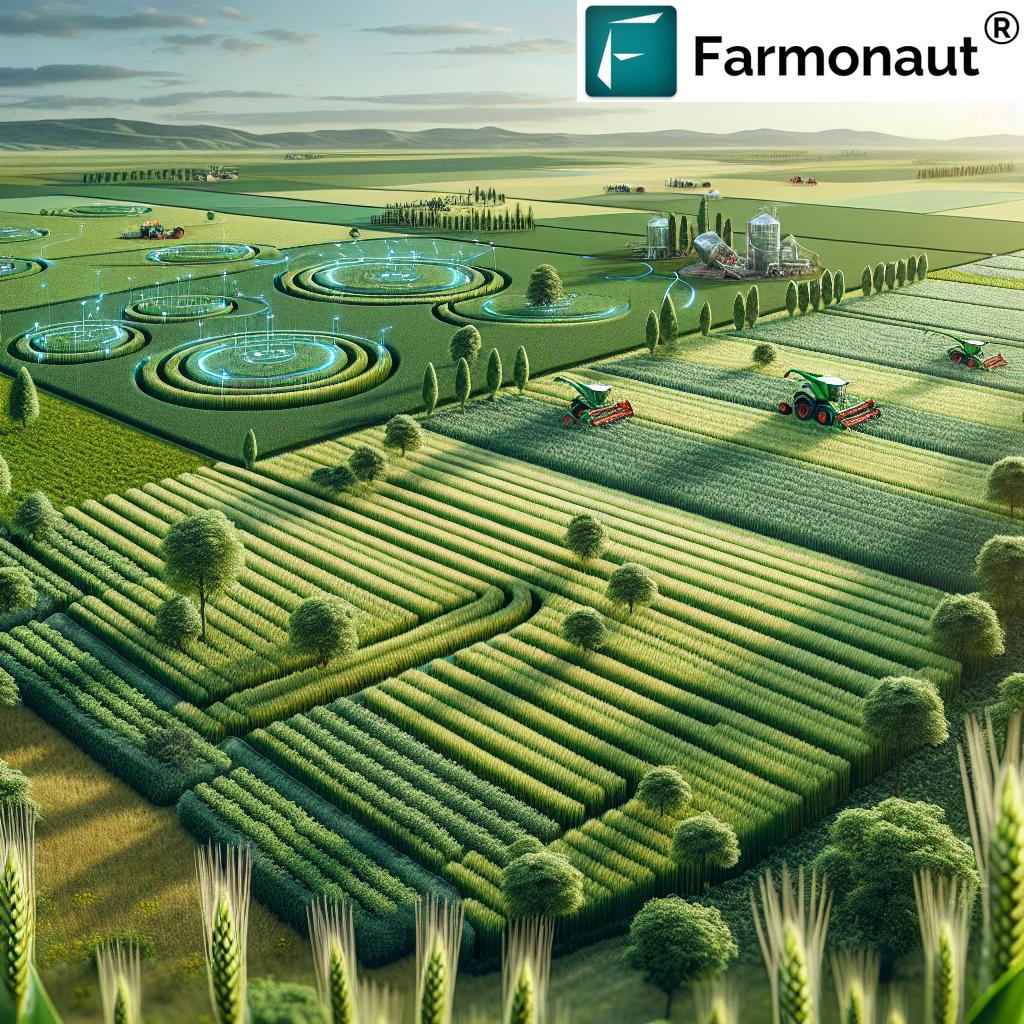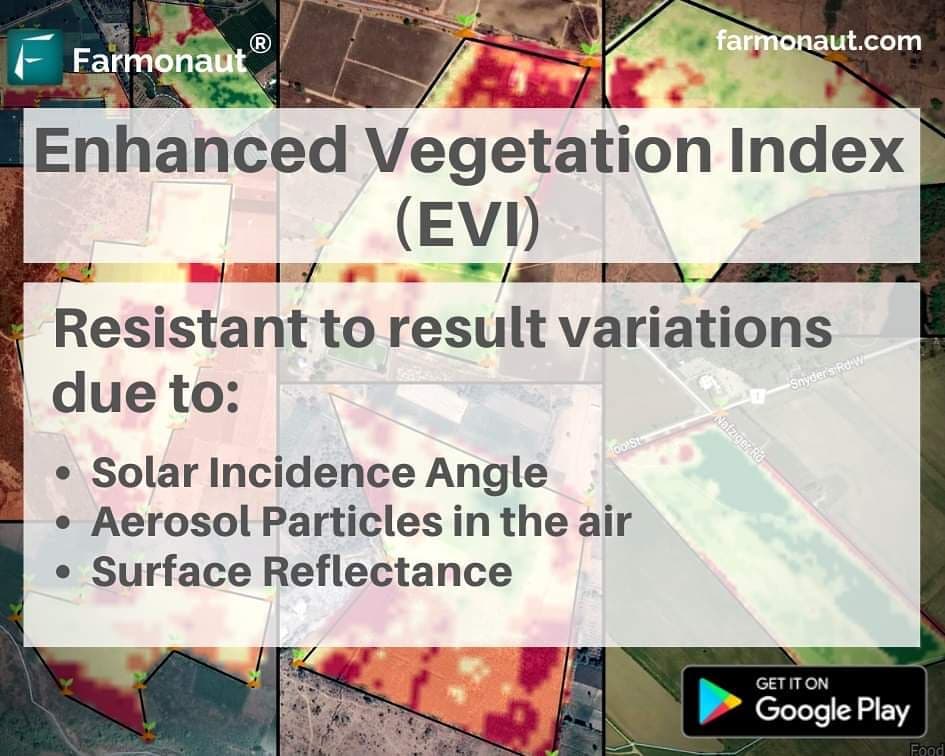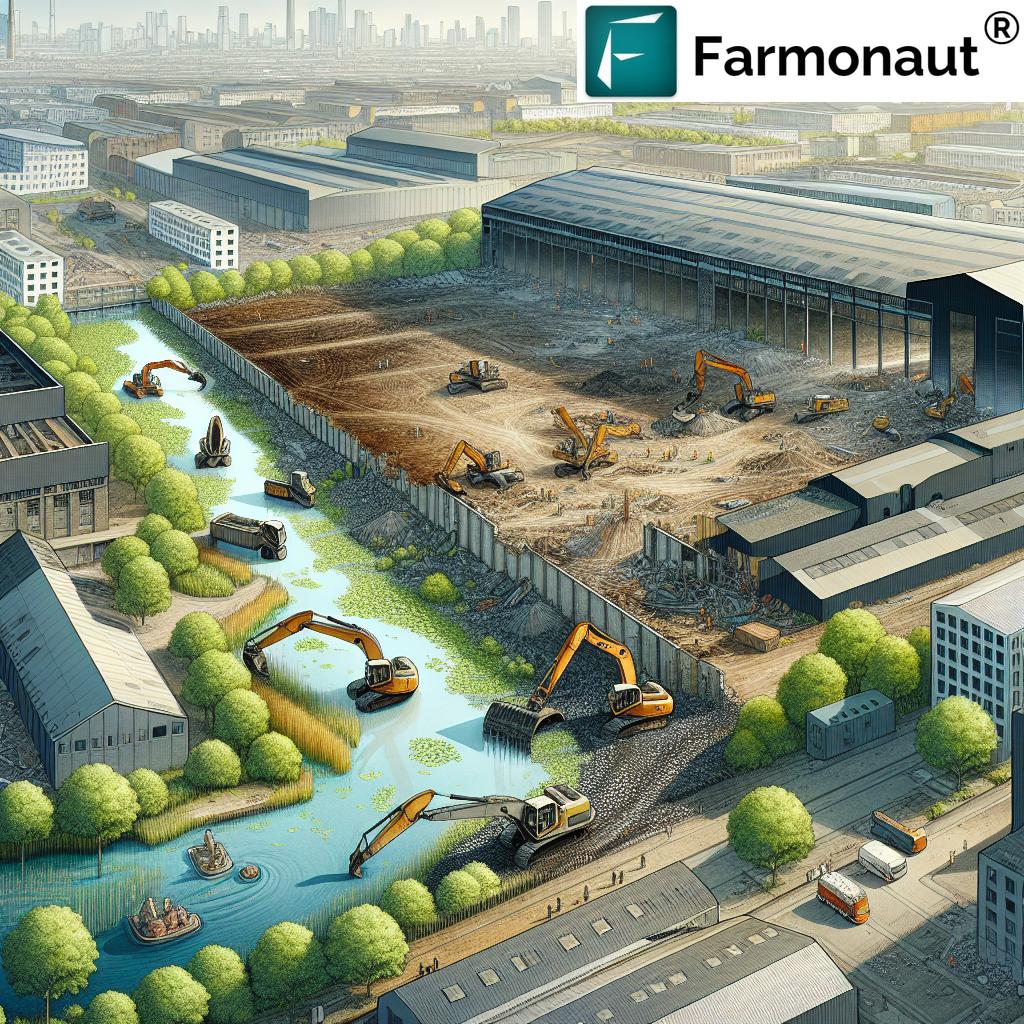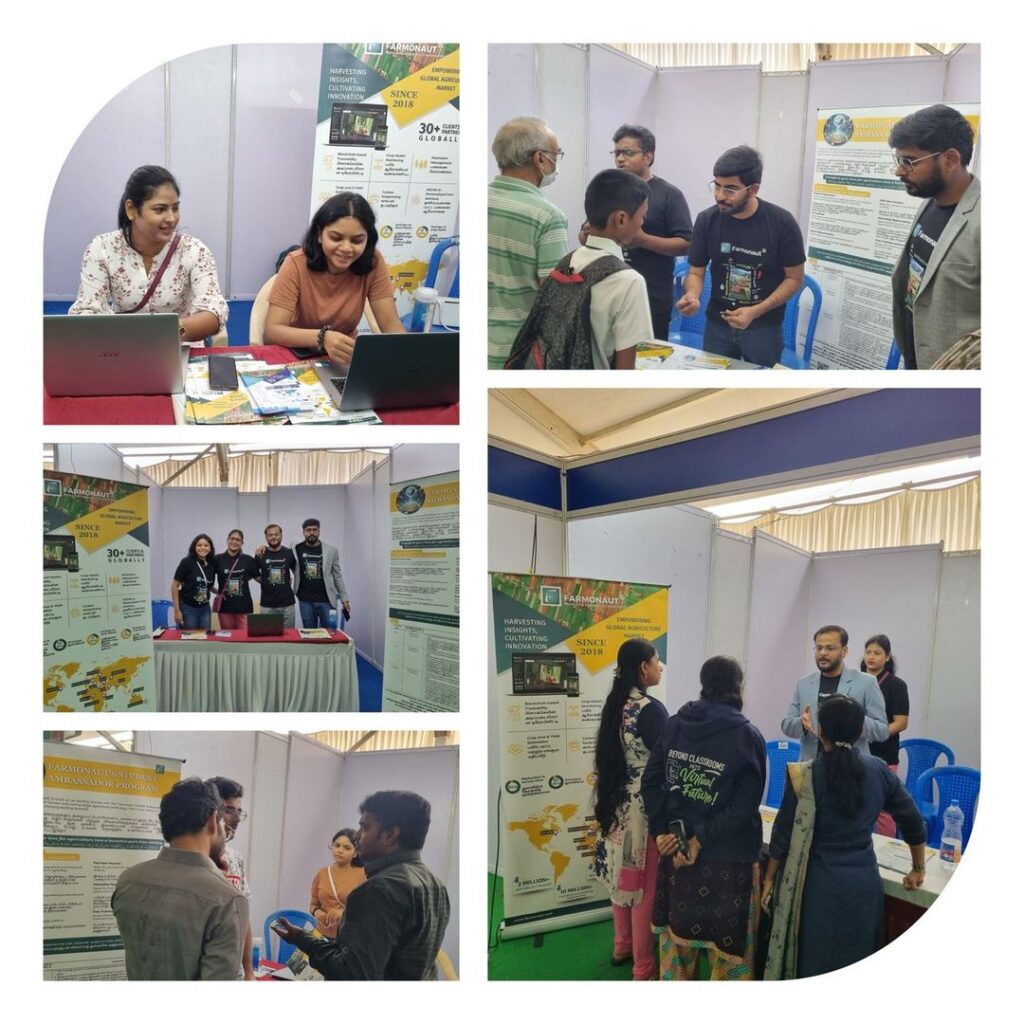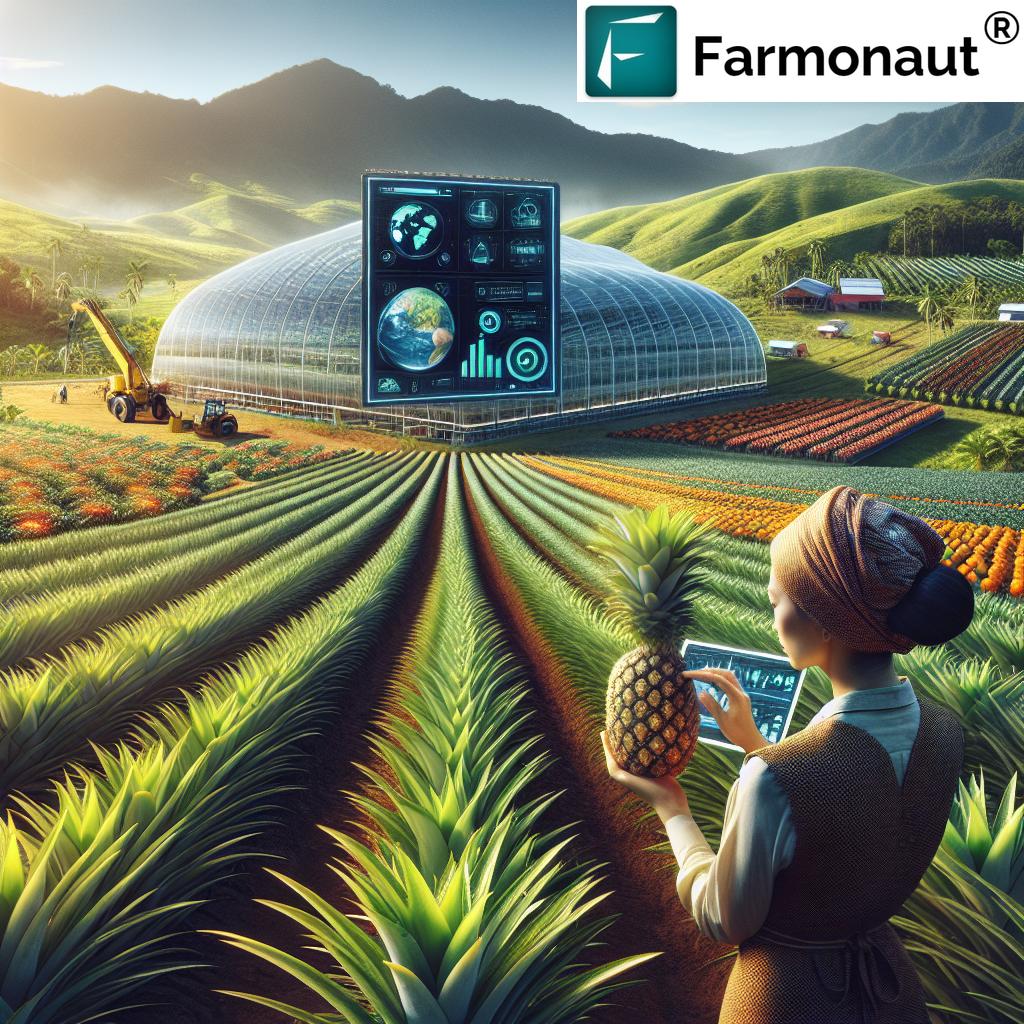Ultimate Guide to Composting: Boost Your Garden and Reduce Waste with the Best Compost Bins
“Composting can reduce household waste by up to 30%, diverting significant amounts from landfills.”
Welcome to our comprehensive guide on composting! In this article, we’ll explore the world of composting, from its environmental benefits to selecting the best compost bins for your needs. Whether you’re a city dweller with limited space or have a spacious backyard, we’ve got you covered with tips and recommendations to help you start your composting journey.
What is Composting?
Composting is the natural process of breaking down organic matter into nutrient-rich soil. It’s a simple yet effective way to reduce waste, create valuable fertilizer for your garden, and contribute to a more sustainable environment. By composting, we can divert a significant portion of our household waste from landfills and transform it into a valuable resource for plants.
The Benefits of Composting
- Reduces waste sent to landfills
- Creates nutrient-rich soil for gardens
- Lowers carbon footprint
- Saves money on fertilizers and soil amendments
- Promotes healthier plant growth
- Encourages beneficial microorganisms in soil
Now that we understand the importance of composting, let’s dive into how to get started and choose the best compost bin for your needs.
Composting for Beginners: Getting Started
If you’re new to composting, don’t worry! It’s easier than you might think. Here are some simple steps to get you started:
- Choose a location: Select a dry, shady spot near a water source for your compost bin.
- Gather materials: Collect a mix of “green” materials (nitrogen-rich) like fruit and vegetable scraps, coffee grounds, and grass clippings, and “brown” materials (carbon-rich) like dry leaves, twigs, and paper.
- Layer your materials: Start with a layer of brown materials, then add green materials, and alternate.
- Add water: Keep your compost pile moist, but not soaking wet.
- Turn the pile: Mix or turn your compost every few weeks to aerate it and speed up decomposition.
Remember, composting is a learning process. Don’t be discouraged if it takes some time to get it right!
Types of Compost Bins
There are various types of compost bins available, each suited to different needs and spaces. Let’s explore some popular options:
1. Indoor Compost Bins
Perfect for apartment dwellers or those with limited outdoor space, indoor compost bins are typically small, odor-free containers designed to sit on your kitchen counter or under the sink. They’re ideal for collecting food scraps before transferring them to a larger outdoor bin or community composting program.
2. Outdoor Stationary Bins
These are larger bins designed for outdoor use. They can be made of plastic, wood, or wire mesh and are suitable for those with more space and larger amounts of compostable materials.
3. Tumbling Composters
Tumbling composters are rotating bins that make it easy to mix and aerate your compost. They’re great for speeding up the composting process and are often elevated, making them easier to use.
4. Worm Bins (Vermicomposting)
Worm bins use special composting worms to break down food scraps quickly. They can be used indoors or outdoors and are excellent for producing high-quality compost.
5. Electric Compost Bins
These high-tech options use heat and mechanical turning to speed up the composting process dramatically. They’re perfect for those who want to compost quickly with minimal effort.
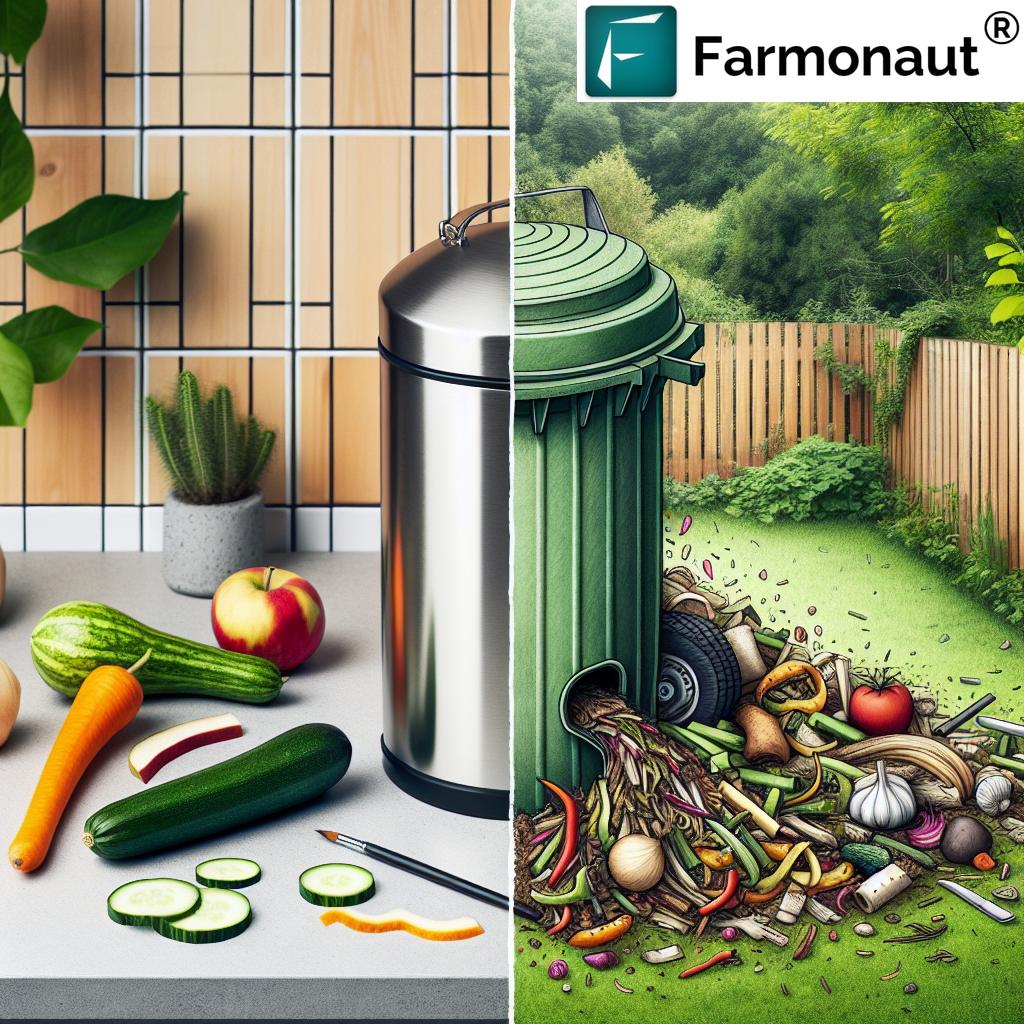
Choosing the Best Compost Bin for Your Needs
When selecting a compost bin, consider the following factors:
- Space available: Do you have a large backyard or just a small balcony?
- Amount of waste: How much compostable material does your household generate?
- Ease of use: Do you prefer a low-maintenance option or are you willing to put in more effort?
- Climate: Some bins work better in certain weather conditions.
- Aesthetics: Consider how the bin will look in your space.
To help you make an informed decision, here’s a comparison table of different compost bin types:
| Bin Type | Suitable Location | Capacity | Composting Speed | Ease of Use | Best For |
|---|---|---|---|---|---|
| Kitchen Counter Bin | Indoor | Small (1-5 gallons) | N/A (collection only) | 5/5 | Small Apartments |
| Outdoor Stationary Bin | Outdoor | Large (50-100 gallons) | 3-6 months | 3/5 | Large Gardens |
| Tumbling Composter | Outdoor | Medium (20-50 gallons) | 1-3 months | 4/5 | Fast Composting |
| Worm Bin | Indoor/Outdoor | Small to Medium (10-20 gallons) | 2-3 months | 3/5 | High-Quality Compost |
| Electric Compost Bin | Indoor | Small (1-2 gallons) | 24-48 hours | 5/5 | Convenience |
Best Compost Bins for Different Situations
Best Indoor Compost Bin: Bamboozle Food Compost Bin
The Bamboozle Food Compost Bin is an excellent choice for those looking to start composting in their kitchen. Made from biodegradable bamboo fiber, this stylish bin comes in various colors to match your decor. Its compact size (1.5 gallons) makes it perfect for countertop use, and the charcoal filter in the lid helps control odors.
Best Outdoor Compost Bin: VivoSun Outdoor Tumbling Dual-Batch Compost Bin
For those with outdoor space, the VivoSun Outdoor Tumbling Dual-Batch Compost Bin is a fantastic option. With two chambers, you can have one batch “cooking” while adding fresh materials to the other. The tumbling design makes it easy to aerate your compost, speeding up the decomposition process.
Best Electric Compost Bin: Lomi Compost Bin
If you’re looking for a high-tech solution, the Lomi Compost Bin is worth considering. This electric composter can turn food scraps into nutrient-rich soil in as little as 4 hours. It’s perfect for those who want to compost quickly and with minimal effort.
“A well-managed compost bin can transform kitchen scraps into nutrient-rich soil in just 2-3 months.”
Tips for Successful Composting
- Balance green and brown materials: Aim for a ratio of about 3 parts brown to 1 part green.
- Keep it moist: Your compost should be as damp as a wrung-out sponge.
- Turn regularly: Mix your compost every 1-2 weeks to aerate it.
- Manage the size: Chop larger items into smaller pieces to speed up decomposition.
- Monitor temperature: A warm compost pile (130-150°F) indicates active decomposition.
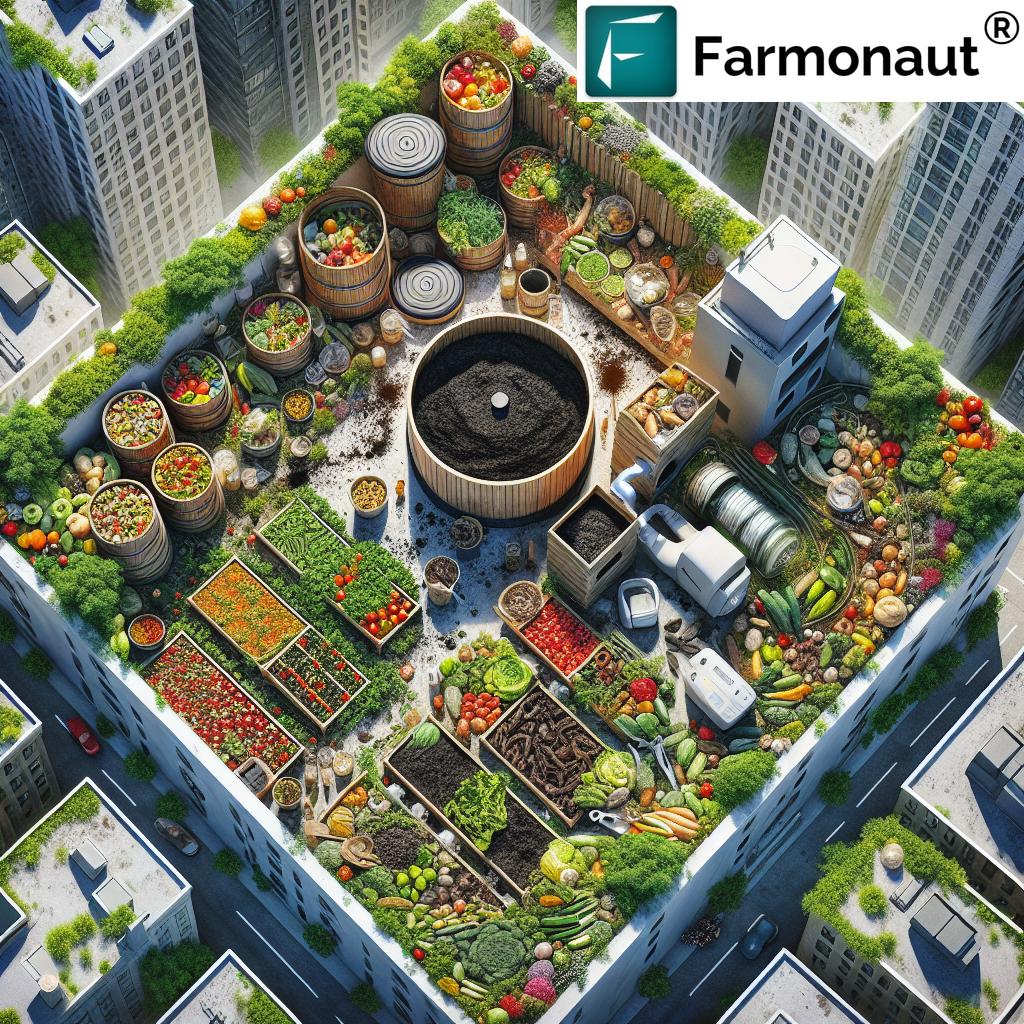
What to Compost and What to Avoid
Knowing what to put in your compost bin is crucial for successful composting. Here’s a quick guide:
Compostable Items:
- Fruit and vegetable scraps
- Coffee grounds and filters
- Tea bags (remove staples)
- Eggshells
- Yard trimmings and leaves
- Shredded paper and cardboard
- Sawdust from untreated wood
Items to Avoid:
- Meat, fish, and dairy products
- Oils and fats
- Diseased plants
- Pet waste
- Chemically treated wood products
- Glossy or coated paper
Troubleshooting Common Composting Issues
Even with the best intentions, you might encounter some challenges while composting. Here are some common issues and how to address them:
Odor Problems
If your compost bin smells bad, it might be too wet or lack oxygen. Add more brown materials and turn the pile more frequently.
Slow Decomposition
If your compost isn’t breaking down quickly enough, try chopping materials into smaller pieces, ensuring a good balance of green and brown materials, and turning the pile more often.
Pests
To deter pests, avoid adding meat or dairy products to your compost, and ensure your bin has a tight-fitting lid.
Using Your Compost
Once your compost is ready (it should look like dark, crumbly soil and smell earthy), it’s time to put it to use! Here are some ways to use your homemade compost:
- Mix into garden soil: Blend compost into your garden beds to improve soil structure and add nutrients.
- Use as mulch: Spread a layer of compost around plants to retain moisture and suppress weeds.
- Make compost tea: Steep compost in water to create a nutrient-rich liquid fertilizer.
- Add to potting mix: Mix compost into potting soil for container plants.
Composting in Urban Areas
Living in a city doesn’t mean you can’t compost! Here are some options for urban composters:
- Balcony composting: Use a small tumbling composter or worm bin on your balcony.
- Community gardens: Many community gardens have shared compost bins.
- City programs: Some cities offer curbside compost collection or drop-off locations.
- Indoor composting: Use a small indoor bin or electric composter in your kitchen.
The Environmental Impact of Composting
Composting goes beyond just creating nutrient-rich soil for your garden. It has significant environmental benefits:
- Reduces methane emissions: When organic waste decomposes in landfills, it produces methane, a potent greenhouse gas. Composting reduces these emissions.
- Conserves water: Compost-rich soil retains moisture better, reducing the need for watering.
- Reduces the need for chemical fertilizers: Using compost can decrease reliance on synthetic fertilizers, which can harm the environment.
- Promotes soil health: Compost improves soil structure, preventing erosion and promoting healthier plant growth.
Composting and Technology
While composting is an age-old practice, modern technology is making it easier and more efficient. Here are some technological advancements in composting:
- Smart compost bins: These bins use sensors to monitor moisture, temperature, and oxygen levels, providing real-time data to optimize the composting process.
- Compost apps: There are now apps that can help you track your composting progress, provide tips, and even connect you with local composting communities.
- High-tech indoor composters: Electric composters use advanced technology to break down waste quickly and efficiently, making composting possible even in small spaces.
Speaking of technology in agriculture, Farmonaut is at the forefront of integrating innovative solutions into farming practices. While not directly related to composting, Farmonaut’s satellite-based farm management solutions demonstrate how technology can revolutionize agriculture and promote sustainability.
Farmonaut’s platform provides valuable services such as real-time crop health monitoring and AI-based advisory systems, which can help farmers make informed decisions about resource management and sustainable practices. While composting focuses on soil health at a local level, Farmonaut’s technologies address broader agricultural challenges on a larger scale.
For those interested in exploring Farmonaut’s innovative agricultural solutions:
Composting and Sustainable Agriculture
Composting plays a crucial role in sustainable agriculture. By recycling organic matter back into the soil, composting helps maintain soil health, reduce waste, and promote a more sustainable food system. Here’s how composting contributes to sustainable agriculture:
- Soil Health: Compost improves soil structure, water retention, and nutrient content, leading to healthier crops and reduced need for synthetic inputs.
- Carbon Sequestration: Healthy soils enriched with compost can store more carbon, helping to mitigate climate change.
- Waste Reduction: Composting agricultural waste reduces the volume of material sent to landfills and creates a valuable resource for farmers.
- Biodiversity: Compost-rich soils support a diverse ecosystem of beneficial microorganisms, insects, and plants.
While composting is a crucial aspect of sustainable agriculture, it’s just one piece of the puzzle. Modern farming techniques, including those supported by technologies like Farmonaut, can complement composting efforts to create more sustainable and efficient agricultural systems.
For instance, Farmonaut’s satellite-based crop health monitoring can help farmers identify areas where soil health might be lacking, allowing for targeted application of compost or other organic amendments. This precision approach can maximize the benefits of composting while minimizing waste and environmental impact.
Earn With Farmonaut: Earn 20% recurring commission with Farmonaut’s affiliate program by sharing your promo code and helping farmers save 10%. Onboard 10 Elite farmers monthly to earn a minimum of $148,000 annually—start now and grow your income!
The Future of Composting
As we look to the future, composting is likely to play an increasingly important role in waste management and sustainable agriculture. Here are some trends and developments to watch:
- Large-scale urban composting: More cities are likely to implement comprehensive composting programs to manage organic waste.
- Innovative compost products: We may see new types of compostable materials and packaging entering the market.
- Integration with smart home systems: Compost bins could become part of connected home ecosystems, providing data and insights to users.
- Composting in vertical farming: As urban farming grows, composting systems may be integrated into vertical farms and rooftop gardens.
Frequently Asked Questions
Q: How long does it take for compost to be ready?
A: The composting process typically takes 2-6 months, depending on factors like bin type, materials, and maintenance.
Q: Can I compost in winter?
A: Yes, composting can continue in winter, although the process may slow down. Insulating your bin can help maintain decomposition.
Q: Are compostable bags really compostable?
A: Certified compostable bags are designed to break down in industrial composting facilities. They may not decompose fully in home compost bins.
Q: Can I add weeds to my compost?
A: It’s best to avoid adding weeds with seeds or persistent roots to your compost. If you do add weeds, ensure your compost pile reaches high temperatures to kill seeds and roots.
Q: How often should I turn my compost?
A: For best results, turn your compost every 1-2 weeks. This aerates the pile and speeds up decomposition.
Conclusion
Composting is a powerful tool for reducing waste, improving soil health, and promoting sustainable living. Whether you’re a gardening enthusiast or simply looking to reduce your environmental impact, composting offers numerous benefits. By choosing the right compost bin for your needs and following best practices, you can turn your kitchen scraps and yard waste into valuable, nutrient-rich soil for your plants.
As we’ve explored in this guide, there are many options available for composting, from simple backyard bins to high-tech electric composters. The key is to find a method that works for your lifestyle and space constraints. Remember, every bit of composting helps reduce landfill waste and contributes to a healthier planet.
We encourage you to start your composting journey today. Not only will you be reducing your carbon footprint, but you’ll also be creating a valuable resource for your garden or houseplants. Happy composting!





